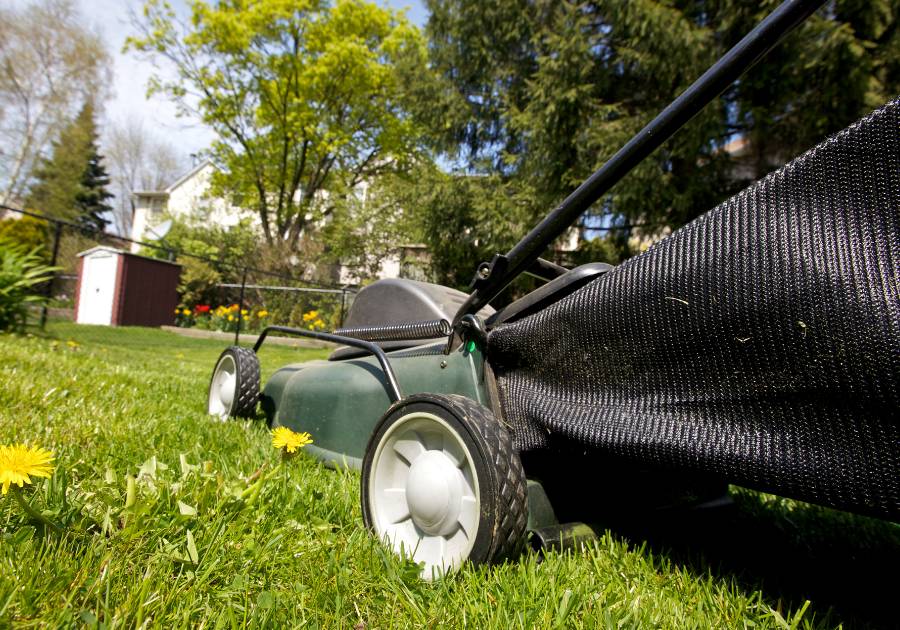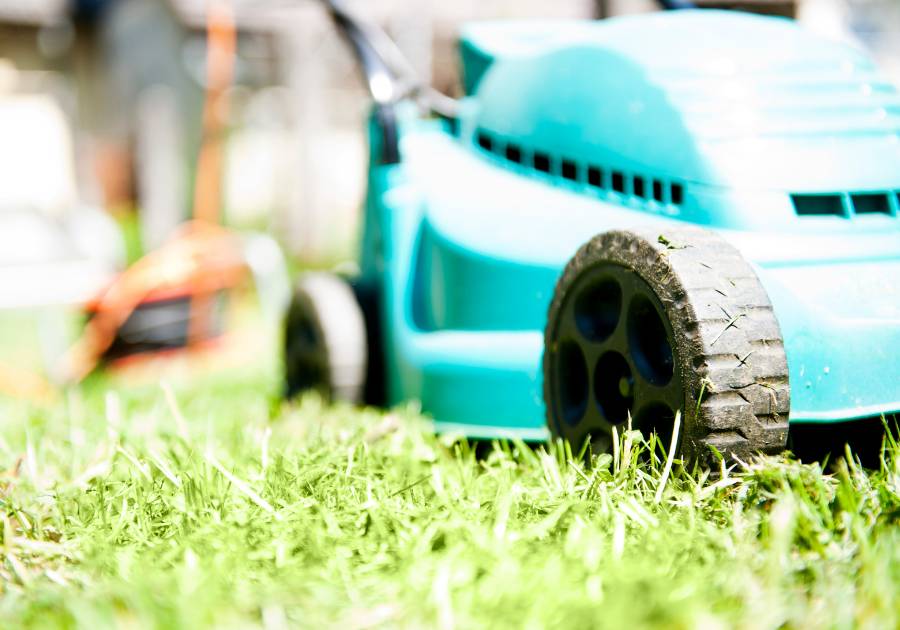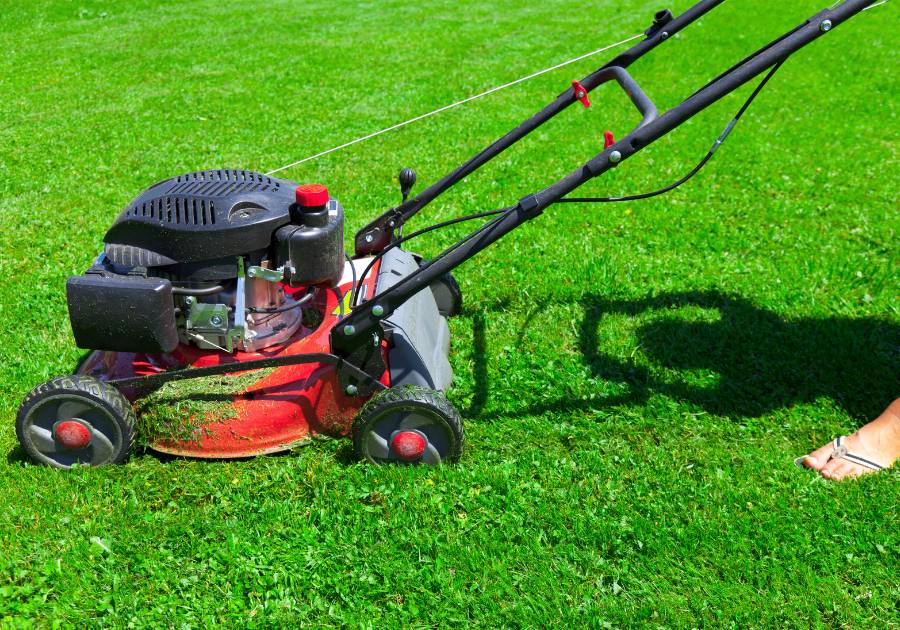If you've wound up on this page, it's highly likely that you're indulging in some garden work this summer. Mowing the lawn is. both therapeutic and satisfying, but it's also a dangerous task if appropriate safety measures aren't in place.
If you've severed your lawnmower power cables- stop. Don't attempt to use it until you're confident that the safety/fix system you've implemented for your lawnmower cable is effective against water damage, tugging, and further damage to your electronics.

Soldering is a temporary, relatively easy, yet unreliable solution to fixing your power cord- so we've listed three different ways for you to repair your cut lawnmower power cord/broken power cable.
While this method of power cable repair/fixing your severed power cord isn't the most efficient or perfect, it gets the job done and costs far less than ordering a new cable, for example.
This technique involves the extension of a new section of your cable to the pull bar, using one of the many connector types out there, aluminium crimps. This sort of cable connector is commonly used in soldering and other wire fusion techniques. You can grab a couple of hundred of these for a fiver- making them a very cheap way to fix your problem. Replacement cords can cost up to £30, depending on your lawnmower...that £15 saved could be used for far better things!
Additionally, this method is quick and easy- no hassle involved in fiddling around with a power outlet/power source.
You'll need a total of 4 items to perform this task:

This method is perhaps the one many people opt for first. It involves shortening the wire slightly, and reconnecting it with a wire nut, then sealing it up with electrical tape.
If you follow any method (not just for fixing severed cords) that involves the use of electrical tape, make sure you don't cut corners. Duct-tape or super-tape will not work; it must be electrical tape. This is essentially a pressure-sensitive type of insulation tape (common tape for electricity problems) used to insulate wires and other conductive materials. They provide long-lasting insulation and are also stretchier than traditional tape- many are waterproof too, making them suitable for contact with wet grass.
You'll need the following items to undergo this method of repair:

This method is easy and pretty effective- the main issue is the ghastly lump in your cord that you'll be left with afterward!
This technique is slightly more advanced but highly preferable to the other methods mentioned. Soldering typically involves the use of a soldering iron and solder.
Soldering is a process where items are fused together by a melting method and the addition of filler metal into the joint. The filler metal would need a lower melting point than the metal used for adjoining. The way in which soldering is distinguished from welding, for example, is that it doesn't involve melting the actual workpieces.

You'll need the following to do this method: